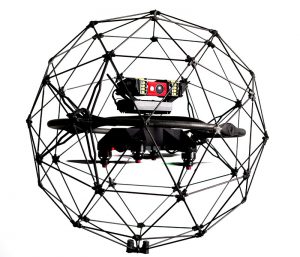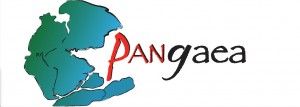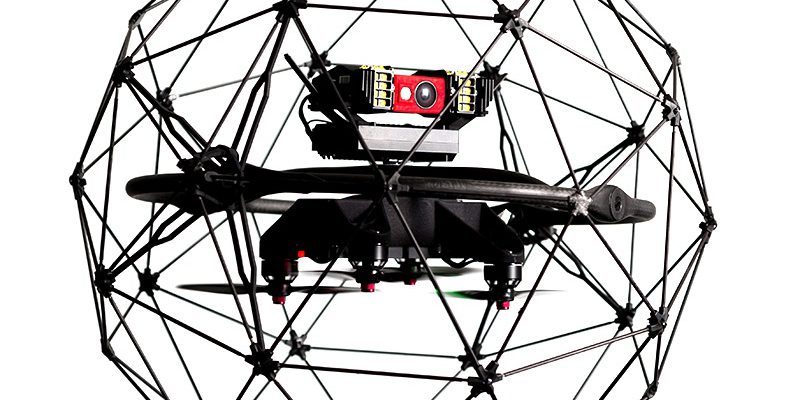Dangerous, difficult, and dirty: these are missions that drones are often tasked for. Let’s look at one of the most dangerous tasks out there: inspection of confined spaces.
Boilers, tunnels, storage tanks, underground storage areas, and vaults are a few good examples. How dangerous are these places? Here’s what the National Institute for Occupational Safety and Health has to say: “According to data collected by the U.S. Department of Labor (USDOL), Bureau of Labor Statistics (BLS) Census of Fatal Occupational Injuries (CFOI) program, fatal injuries in confined spaces fluctuated from a low of 81 in 1998 to a high of 100 in 2000 during the five-year period, averaging 92 fatalities per year.”
I’m betting that these are just the types of tasks that workers would gladly hand off to their robot friends. At the Commercial UAV Expo I saw three examples of drones that are well suited to this dangerous, difficult, and dirty job.
 Digital Aerolus provides two UAS specifically designed for confined space inspections. Their base model, the Aertos 120, uses ducted fan propulsion which has the added benefit of protecting the props from damage and, conversely, of protecting property from damage by props. It has a proprietary flight control system that enables stable, predictable flight in GPS-denied environments. Flyability is perhaps a more recognizable name, if its ubiquitous presence at UAS conferences is any indication. Its flagship UAS Elios takes a “drone-in-a-cage” approach to ensure collision-tolerance. Another “caged drone” is the Skycopter from Skypersonic.
Digital Aerolus provides two UAS specifically designed for confined space inspections. Their base model, the Aertos 120, uses ducted fan propulsion which has the added benefit of protecting the props from damage and, conversely, of protecting property from damage by props. It has a proprietary flight control system that enables stable, predictable flight in GPS-denied environments. Flyability is perhaps a more recognizable name, if its ubiquitous presence at UAS conferences is any indication. Its flagship UAS Elios takes a “drone-in-a-cage” approach to ensure collision-tolerance. Another “caged drone” is the Skycopter from Skypersonic.
All of these platforms come with good imaging sensors and advanced navigation systems for GPS-occluded spaces that confined-space inspection missions typically encounter. The downside is that, as necessarily small electric UAS, the mission time is limited. Skycopter, for example, lists a maximum 14-minute flight time. My personal solution would be tethering. This would: 1) extend flight times to days, not minutes, 2) provide a reliable stream of high-resolution imagery, and 3) as a bonus provide a way retrieve the unit should the mission go south.
The DARPA Connection. Interestingly, the industry may get a boost from government in developing tech for this space. DARPA’s Subterranean or “SubT” Challenge seeks innovative approaches to rapidly map, navigate, and search underground environments during time-sensitive combat operations or disaster response scenarios. Flyability has joined the DARPA SubT Challenge granted team, CERBERUS, led by University of Nevada, Reno, along with international partners including ETH Zurich; University of California, Berkeley; and Sierra Nevada Corporation. The outcome of this challenge may lead to developing even better confined-space inspection tools and tactics for UAS.
 This article appeared in xyHt‘s e-newsletter, Pangaea. We email it twice a month, and it covers a variety of unusual geospatial topics in a conversational tone. You’re welcome to subscribe to the e-newsletter here. (You’ll also receive the once-monthly Field Notes newsletter with your subscription.)
This article appeared in xyHt‘s e-newsletter, Pangaea. We email it twice a month, and it covers a variety of unusual geospatial topics in a conversational tone. You’re welcome to subscribe to the e-newsletter here. (You’ll also receive the once-monthly Field Notes newsletter with your subscription.)

